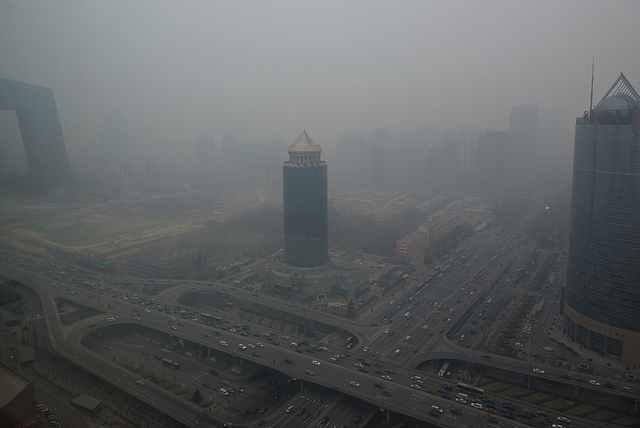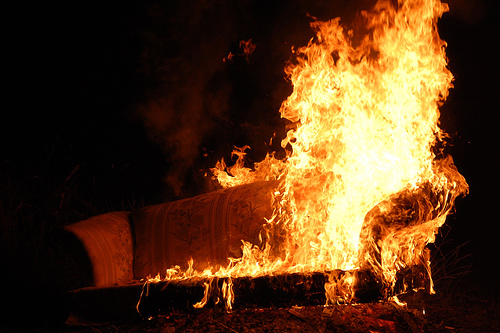We spend about 90 per cent of our time indoors and airborne particles are one of the greatest indoor health risks. Research studies have shown that the majority of particles that are breathed indoors come from fine particulate matter (PM2.5). But before the air quality in residential and commercial buildings can be fully assessed, we need to first understand the composition and amount of indoor particles.
Jeffrey Siegel, an associate professor in the University of Toronto’s Department of Civil Engineering, has been investigating the use of heating, ventilation, and air conditioning (HVAC) filters as a new sampling method to detect airborne particles. In this SOCAAR seminar Siegel discusses what we can learn about human exposure to indoor contaminants from HVAC filters. Continue reading



